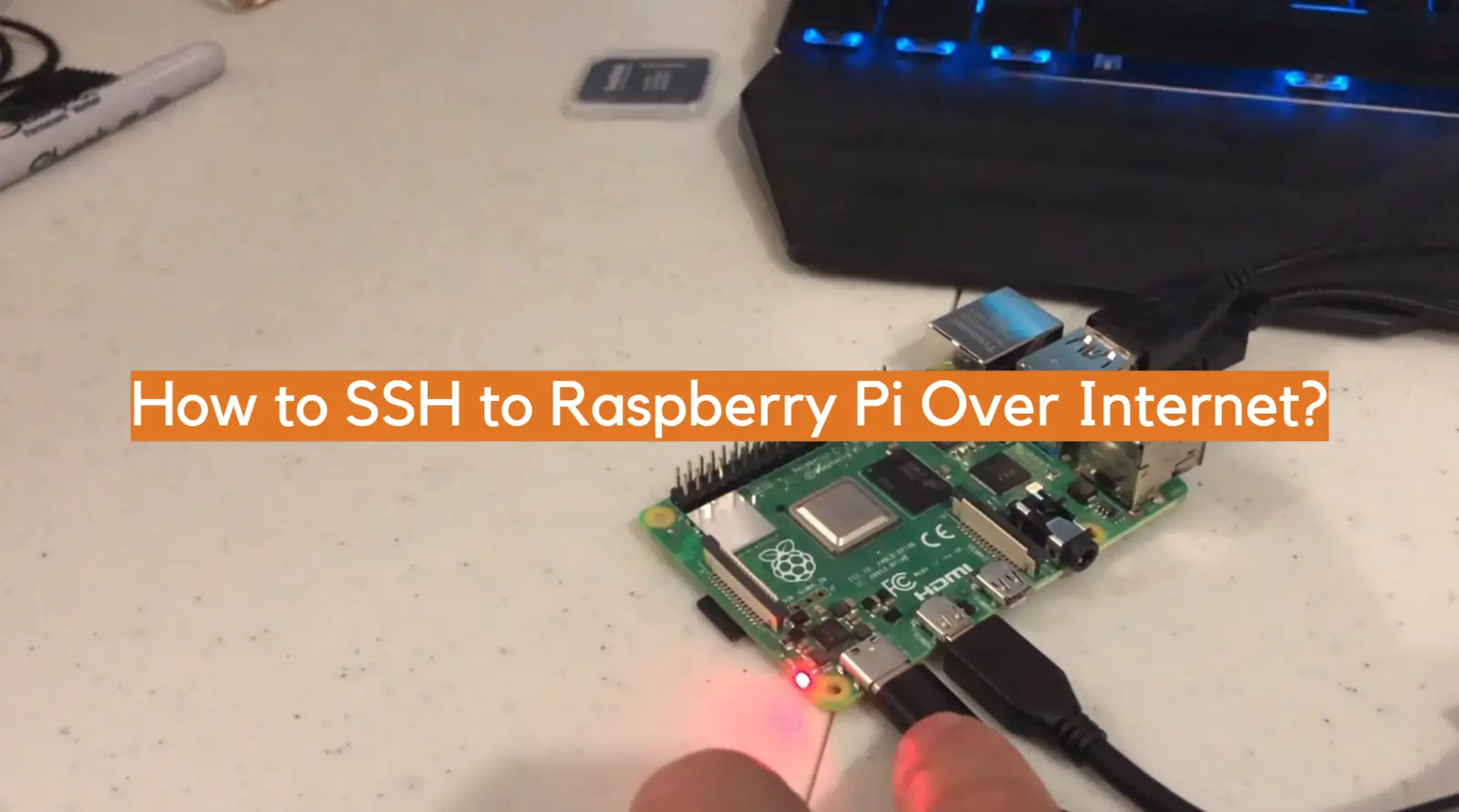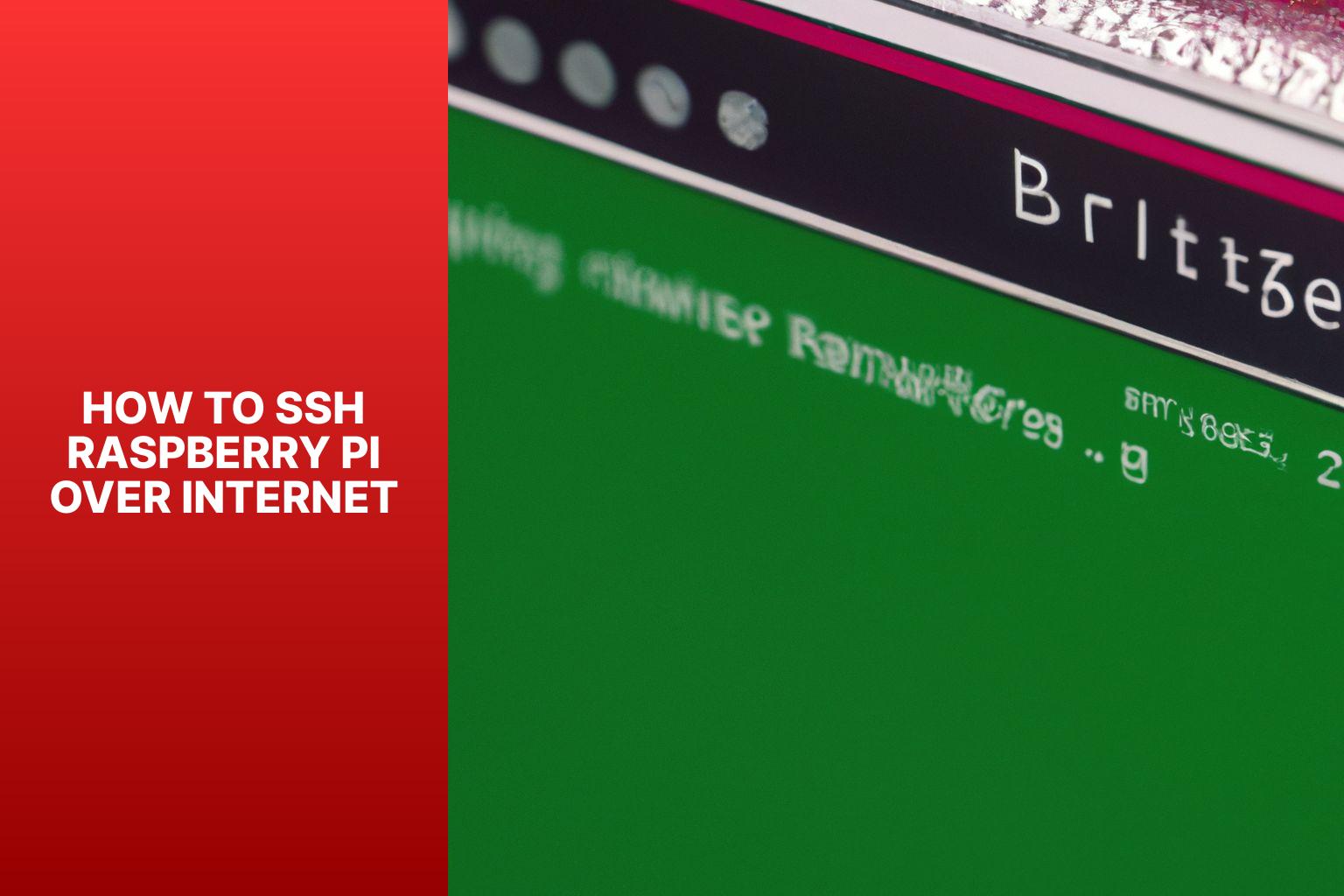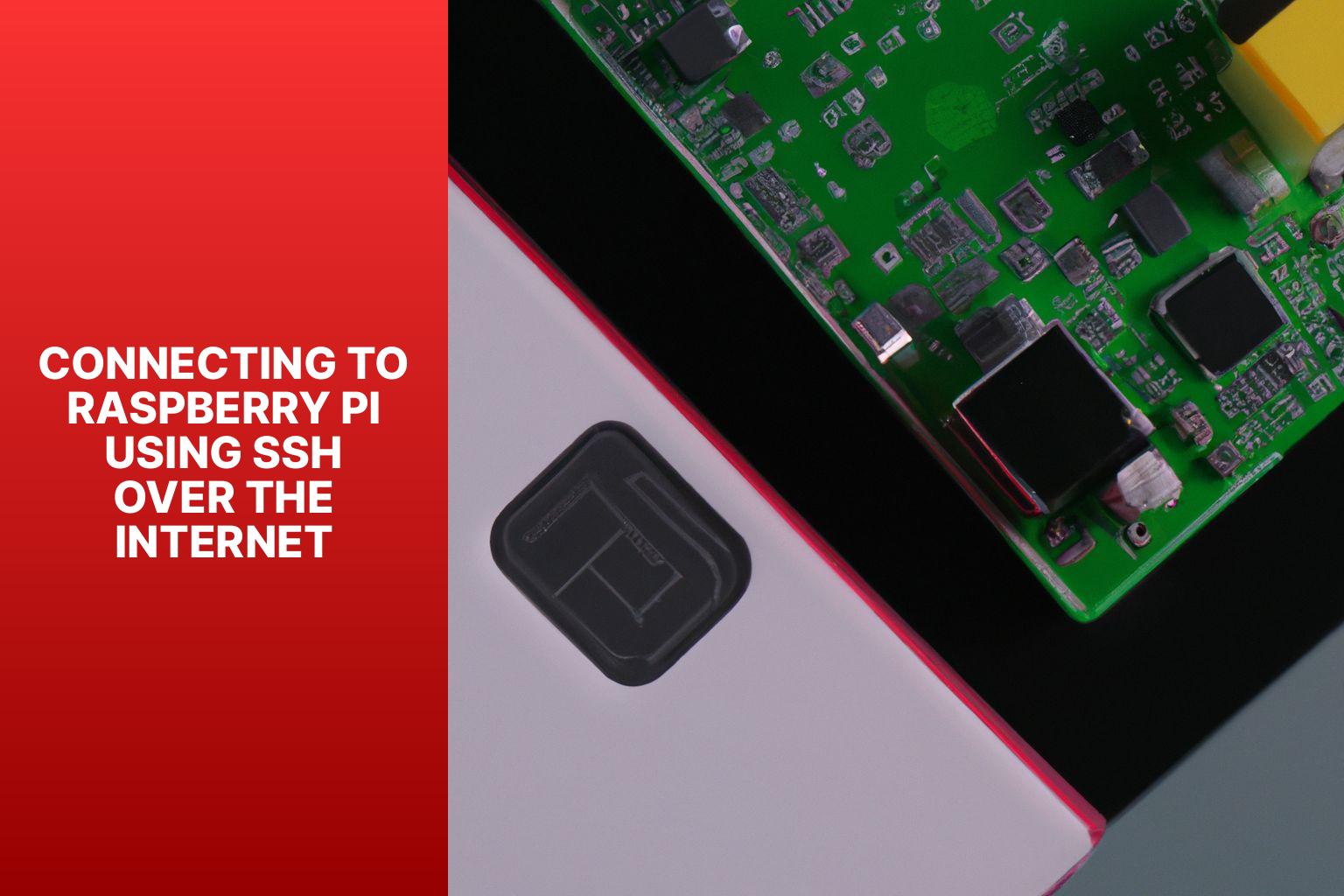Easy Guide: Remote Access To Raspberry Pi With SSH & More!
Ever wondered if you could command your Raspberry Pi from virtually anywhere? The answer is a resounding YES! Secure Shell (SSH) opens up a world of possibilities, granting you remote command-line access to your Raspberry Pi, be it across your local network or from the far reaches of the internet.
Imagine this: you're miles away from home, yet you need to tweak a setting, monitor a process, or even restart your Raspberry Pi. With SSH, this is not just a dream, but a practical reality. While delving into the intricacies of remote access, it's crucial to understand the various methods available, each with its own set of advantages and considerations. Whether it's exposing SSH directly over the internet, leveraging a VPN for enhanced security, or opting for a user-friendly service like RealVNC's Cloud VNC Viewer, the choice depends on your specific needs and comfort level.
| Category | Information |
|---|---|
| Name | Raspberry Pi (General Information) |
| Type | Single-board computer |
| Developer | Raspberry Pi Foundation |
| Operating Systems | Raspberry Pi OS (formerly Raspbian), Ubuntu, Windows IoT Core, and others |
| Typical Uses | Education, prototyping, media centers, home automation, servers, IoT devices |
| Connectivity | Ethernet, Wi-Fi (on some models), Bluetooth (on some models) |
| Official Website | raspberrypi.org |
One particularly convenient option is Raspberry Pi Connect, a free screen sharing and remote shell service officially provided by the Raspberry Pi Foundation. This service streamlines the process, making remote access more accessible to users of all skill levels. For those who prefer a more direct approach, SSH remains a powerful and versatile tool. I personally find myself frequently using SSH to log into my Raspberry Pi, granting me command-line control from the comfort of another computer. It's important to note that while accessing your Pi from anywhere in the world is feasible, securing that access is paramount.
While this guide primarily focuses on SSH access over a local network, the principles discussed here lay the groundwork for extending that access securely over the internet. One such method involves creating a custom tunnel using services like pitunnel.com. By establishing a tunnel, you can access your Raspberry Pi's SSH through a designated address, such as pitunnel.com:12345. The creation of these custom tunnels typically involves entering a specific command within your Raspberry Pi's terminal, effectively routing traffic through the service's secure infrastructure.
However, it's crucial to acknowledge the inherent security risks associated with remote access. Opening up your Raspberry Pi to the internet can make it a target for malicious actors if proper precautions are not taken. Therefore, implementing robust security measures is absolutely essential. These measures can include utilizing strong passwords, employing key-based authentication, and implementing firewalls to restrict unauthorized access.
Consider this practical example: if you are logged into your Raspberry Pi locally, you can initiate a custom tunnel with a command tailored to your chosen service. This command will establish a secure connection, allowing you to access your Pi remotely through the designated address. Now that you've successfully connected to your Raspberry Pi over SSH, you can leverage any standard terminal emulator application to connect to it over the internet. This provides a familiar and consistent interface for managing your device remotely.
- Filmyfly Your Gateway To Bollywood Hollywood Updates More
- Night Mood 2023 Ep 1 Watch Online Mojflix Originals Now
In essence, SSH empowers remote access to your Raspberry Pi, offering a convenient and efficient way to control and manage your device from virtually anywhere. However, it's a double-edged sword; with great power comes great responsibility. Implementing stringent security measures is paramount to protect your Pi and your data from potential threats.
On Fri Jan 12, 2018 at 11:03 AM, one user expressed their frustration with connecting to their Raspberry Pi over the internet. They had successfully set up a Git repository and could connect via SSH within their local network, but struggled to extend that access beyond their home network. This scenario highlights a common challenge faced by many Raspberry Pi enthusiasts.
One often-recommended solution is the implementation of public key pairs for each user, effectively eliminating the need for passwords and enforcing a more secure authentication method. This adds an extra layer of protection against brute-force attacks and unauthorized access. However, even with these measures in place, it's crucial to remain vigilant and stay informed about the latest security best practices.
For those completely new to the world of Raspberry Pi and electronics, the prospect of setting up remote access can seem daunting. However, with a step-by-step approach and a clear understanding of the underlying principles, it's an achievable goal. One user shared their specific need: to SSH into their Pi from 500 feet away in a remote field with no internet access, using a 500ft Ethernet cable. They were advised to set up an access point, which would allow them to connect to the Pi wirelessly from their laptop.
There are several key methods to enable SSH on your Raspberry Pi. On Raspberry Pi OS Desktop, you can enable SSH within the Raspberry Pi Configuration tool, conveniently located under the "Interfaces" tab. This provides a user-friendly graphical interface for enabling the service. Alternatively, on Raspberry Pi OS Lite, you can apply advanced options when flashing the SD card, allowing you to pre-configure SSH access before even booting up the device for the first time. This is particularly useful for headless setups where a monitor and keyboard are not readily available.
Another approach involves exposing SSH or VNC on your Raspberry Pi over the open internet, within a VPN, or using an external service like RealVNC's Cloud VNC Viewer. Each of these options presents its own trade-offs in terms of security, ease of use, and performance. Ultimately, the best choice depends on your individual requirements and technical expertise.
Remember that connecting to your Raspberry Pi using SSH over the internet allows you to access it in the same way you would within your local area network (LAN). For instance, you can ping your Pi to verify connectivity, but remember to use ping6 instead of ping if you're utilizing a virtual LAN network based on IPv6, such as those created by Husarnet.
The Raspberry Pi Configuration tool is your friend. You can scroll down to select "7" to initiate updates and further configuration options. Keeping your Raspberry Pi's software up-to-date is essential for maintaining security and stability. This includes both the operating system and any installed applications.
Updating and upgrading your Raspberry Pi remotely is a crucial maintenance task that can be easily accomplished using an SSH client. By logging into your Raspberry Pi using an SSH client as described earlier, you can execute the necessary commands to update and upgrade the system. In our case, we're using Mobaxterm as the SSH client.
- Allison Ford From Coyote Ugly To Grand Theft Auto Beyond
- Vegamovies Is It Safe Stream Movies Legally Alternatives

How to SSH to Raspberry Pi Over Internet? ElectronicsHacks

SSH Raspberry Pi Over Internet A Step by Step Guide

SSH Raspberry Pi Over Internet A Step by Step Guide